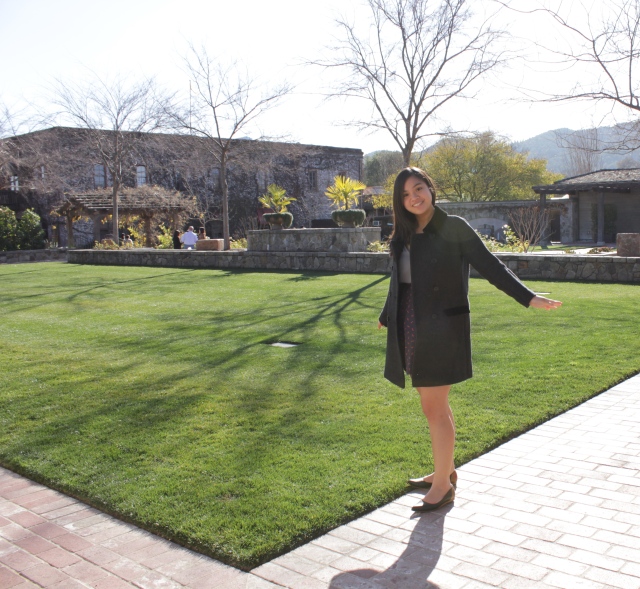Professional photographers often work with models in order to create photographs that they can sell or that will help build their portfolio. But what of amateur photographers who can’t afford the services of a professional model?
If you’re an amateur photographer then it makes sense to photograph an amateur model. You can pick anybody you like to be the subject of your photographs as long as they’re willing to work with you.
People who are part of your everyday life are great candidates to model for your photographs, foremost because they are already comfortable with you. A friend or family member can make a great subject for a series of photographs.
Remember that in the end it’s your own creativity that makes a good photo, so don’t be afraid to give creative suggestions and direction to your model. Perhaps suggest an interesting pose that they could perform or photograph them in an interesting setting. Try taking a soft, close-up portrait of your model for a more intimate feeling photograph.
If you’re trying to take photographs for artistic purposes or to try and build up a portfolio, think of all your human subjects in this manner. Give them some direction if they’re game and let them help you make the photo that you want to make.
























